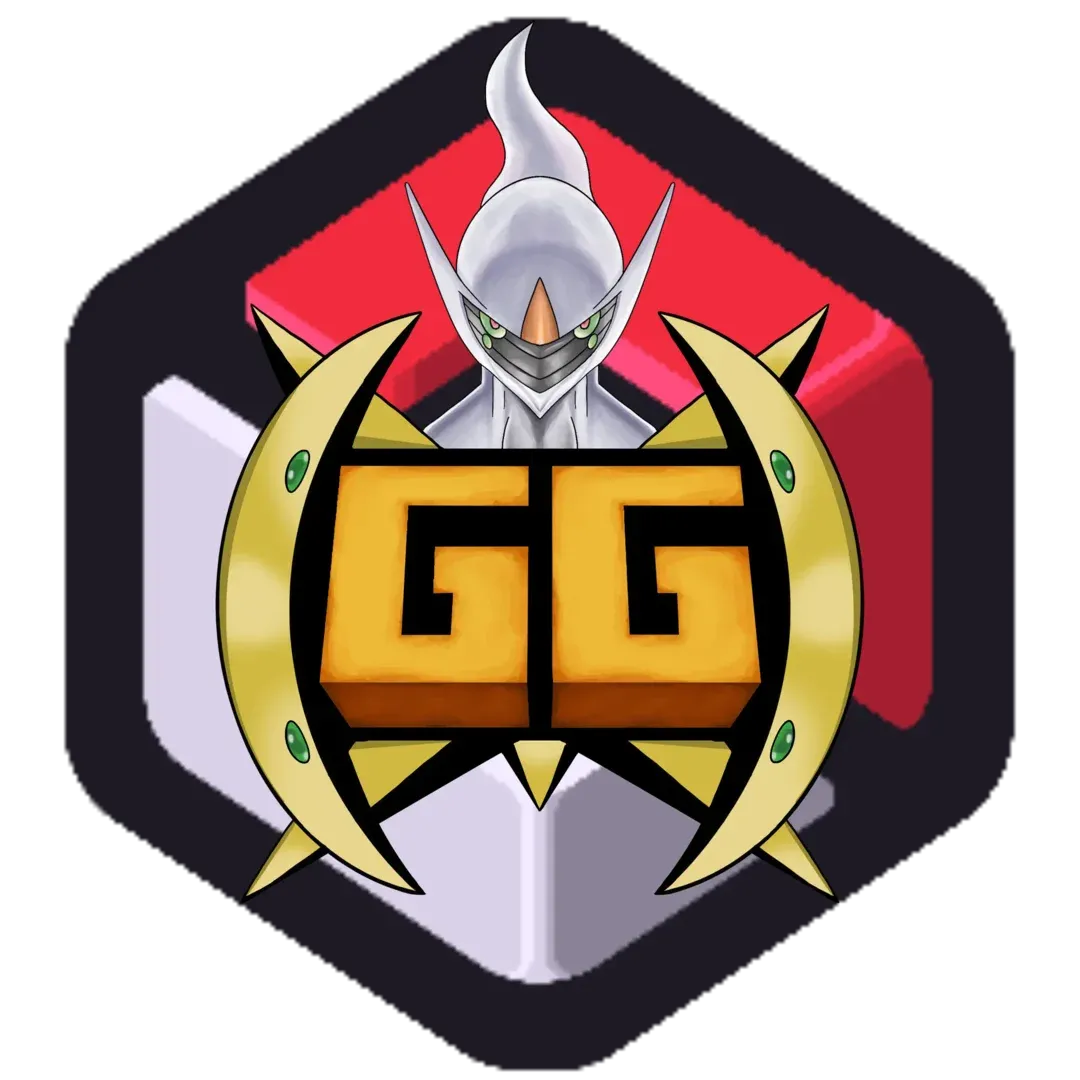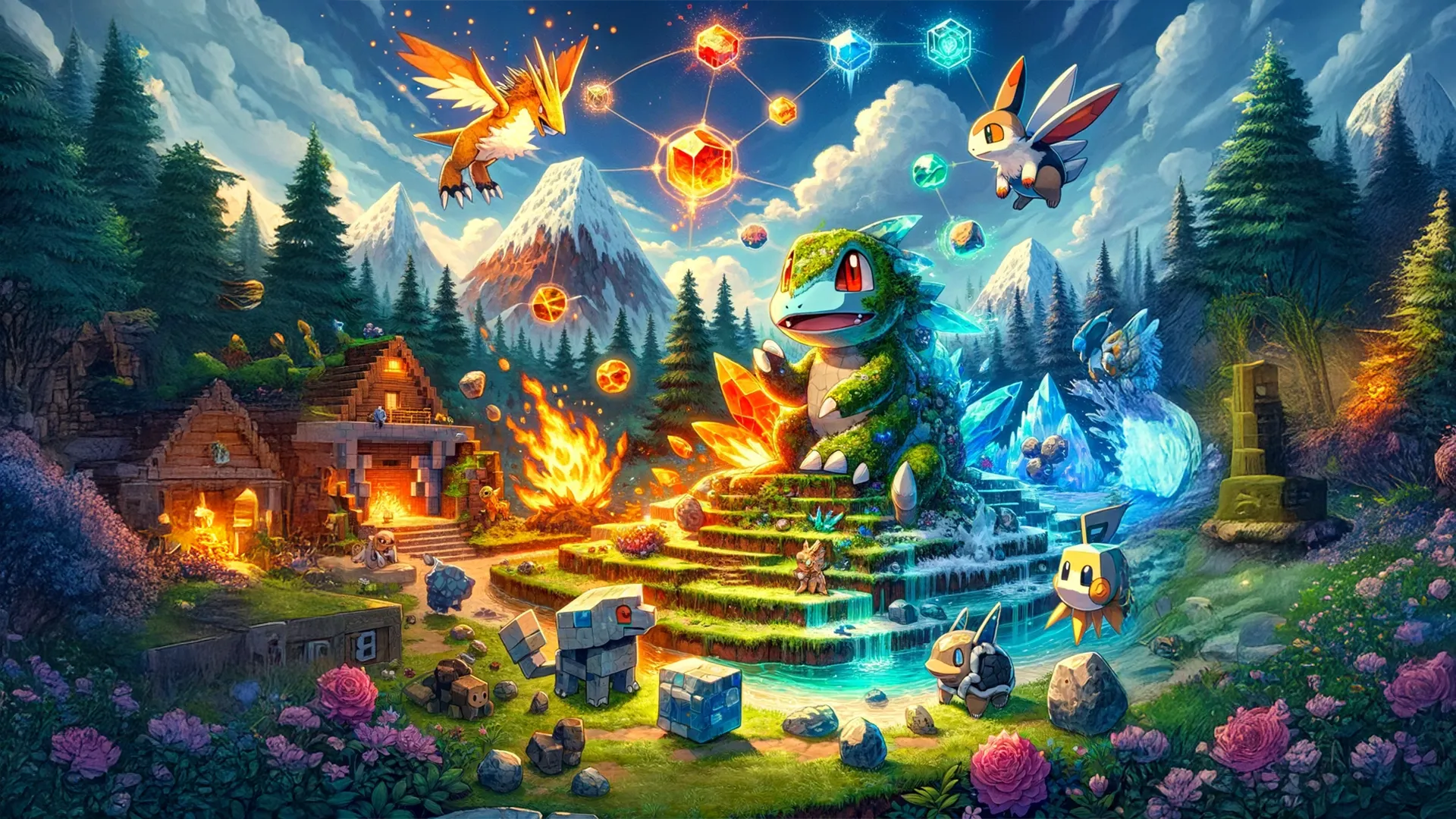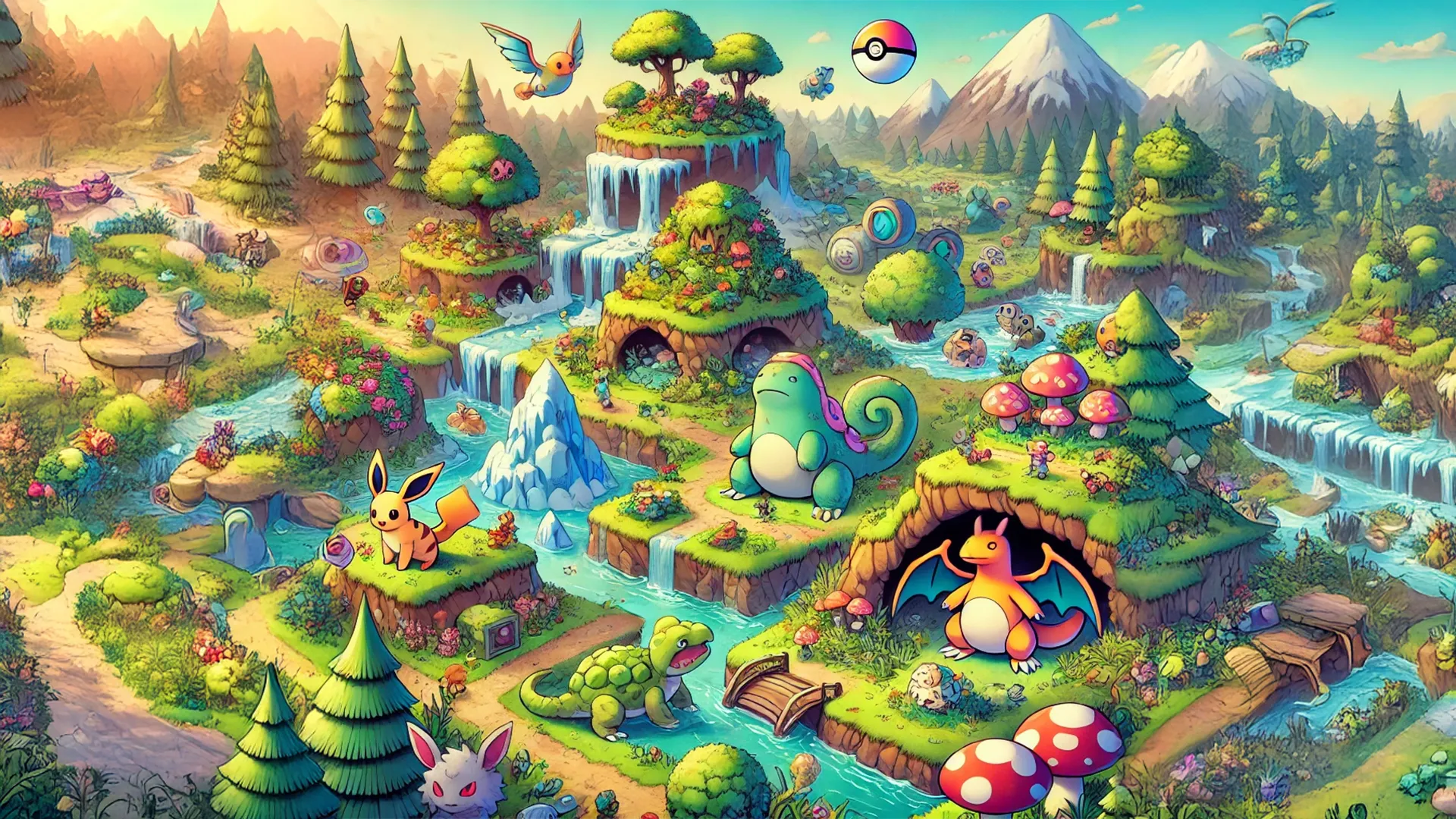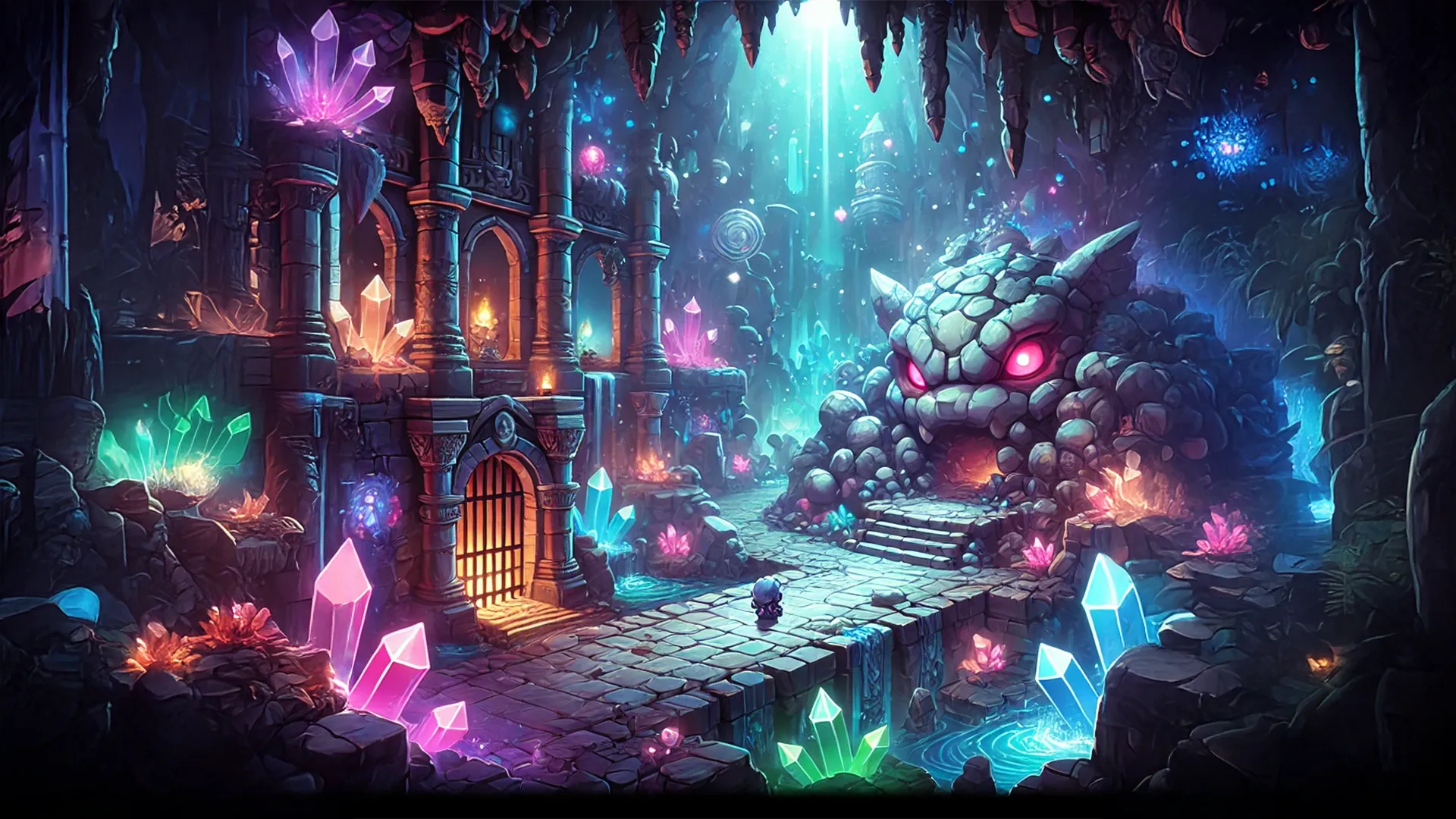In Cobblemon, much like in the traditional Pokémon games, evolving your Cobblemon is an essential part of strengthening your team and unlocking new abilities. However, evolution in Cobblemon doesn’t stop at simply leveling up. There are a variety of methods—some familiar, some unique—that you’ll need to master in order to evolve your Cobblemon into their strongest forms. This guide will walk you through the various evolution methods beyond just leveling up, helping you craft the perfect team for both exploration and battles.
1. Stone Evolutions
Stone evolutions are one of the most iconic methods of evolving Cobblemon. Certain Cobblemon require special stones to trigger their evolution. Each stone corresponds to a specific type or category of Cobblemon, and you’ll need to collect the right ones to help them reach their next stage.
Common Evolution Stones:
- Fire Stone: Used to evolve Fire-type Cobblemon like Growlithe or Vulpix.
- Water Stone: Needed for evolving Water-types like Eevee into Vaporeon or Staryu into Starmie.
- Thunder Stone: A must-have for Electric-types like Pikachu to evolve into Raichu.
- Leaf Stone: Required for evolving Grass-type Cobblemon like Weepinbell into Victreebel.
Tips for Using Stones:
- Evolution stones can often be found through mining evolution stone ore blocks or trading with villagers.
- Before using an evolution stone, ensure your Cobblemon has learned any key moves that it may miss after evolving, as some moves might not be available once the Cobblemon evolves.
2. Happiness-Based Evolutions
Some Cobblemon require a high level of friendship (or "happiness") with their trainer before they can evolve. Happiness can be increased by treating your Cobblemon well—feeding them, using healing items, and avoiding letting them faint in battle.
Cobblemon That Evolve Through Happiness:
- Eevee evolves into Espeon during the day and Umbreon at night when its happiness is high.
- Riolu evolves into Lucario when its happiness is high and it gains a level during the day.
How to Increase Happiness:
- Berries: Certain berries can be fed to your Cobblemon to increase their happiness quickly.
- Walking: Having your Cobblemon follow you around the world will naturally increase its happiness.
- Avoiding Fainting: Cobblemon that faint in battle lose happiness, so take care not to let them get knocked out too often.
3. Trade Evolutions
Trade evolutions are another classic method. In Cobblemon, some creatures only evolve when traded to another player. This method encourages multiplayer interaction and collaboration, as you’ll need a friend to help you evolve these Cobblemon.
Examples of Trade Evolutions:
- Machoke evolves into Machamp when traded.
- Haunter evolves into Gengar through trading.
Trade with Items: Certain Cobblemon require specific items to be held during a trade in order to evolve. For example:
- Scyther evolves into Scizor when traded while holding a Metal Coat.
- Onix evolves into Steelix with the same method.
Tips for Trading Evolutions:
- Trust Your Trading Partner: Since you’ll be giving your Cobblemon to another player, make sure you can trust them to return it once the evolution is complete.
- Link Cable: In some cases, using a Link Cable item allows you to evolve trade-based Cobblemon without needing another player.
4. Evolution through Environmental Conditions
Some Cobblemon require specific environmental conditions to evolve. This method is unique to Cobblemon and requires you to find specific biomes or areas that match the evolution requirements.
Cobblemon Requiring Environmental Conditions:
- Eevee evolves into Leafeon when leveled up near a Mossy Rock, which can be found in forested areas.
- Eevee evolves into Glaceon when leveled up near an Icy Rock, typically found in snowy biomes.
Exploring for the Right Biome: To evolve these Cobblemon, you'll need to explore the world and find the appropriate locations. This adds an extra layer of adventure to your journey as you seek out rare biomes and environmental features.
5. Held Item Evolutions
Some Cobblemon evolve when they level up while holding a specific item. These items can sometimes be found through crafting, villager trades, or as rare loot drops.
Examples of Held Item Evolutions:
- Sneasel evolves into Weavile when leveled up while holding a Razor Claw at night.
- Gligar evolves into Gliscor under similar conditions with a Razor Fang.
Strategy for Held Items:
- Keep an eye out for specific held items when exploring dungeons, caves, or rare Cobblemon drops.
- Equip your Cobblemon with the item before leveling them up to trigger the evolution.
6. Move-Based Evolutions
A rare but interesting method in Cobblemon involves evolving a Cobblemon once they learn a specific move. These evolutions require patience as you wait for your Cobblemon to reach the right level to learn the necessary move.
Examples of Move-Based Evolutions:
- Piloswine evolves into Mamoswine when it knows the move Ancient Power.
- Togetic evolves into Togekiss when it learns a Fairy-type move and is exposed to a Shiny Stone.
Move Evolution Strategy:
- Keep an eye on your Cobblemon’s moveset and make sure not to overwrite the required move. If you accidentally remove it, you may need to relearn the move before evolving.
7. Special Time-Based Evolutions
Certain Cobblemon evolve based on the time of day in Cobblemon. These Cobblemon may require you to level them up during specific time periods, such as daytime or nighttime, to trigger their evolution.
Time-Based Evolutions:
- Rockruff evolves into different forms of Lycanroc depending on whether it is leveled up during the day or night.
- Toxel evolves into different forms of Toxtricity based on the time of day and its nature.
Time Strategy:
- Make sure to check the in-game time before attempting to evolve time-sensitive Cobblemon. You can also use Cobblemon-friendly clocks or commands to set the right time for evolution.
Conclusion
In Cobblemon, evolving your Cobblemon goes far beyond simple leveling. Whether you're using evolution stones, building friendships, trading, or exploring specific biomes, each method offers a new layer of depth and strategy. By mastering these different evolution techniques, you can optimize your team for battle and exploration, ensuring that your Cobblemon are always evolving to their fullest potential.



